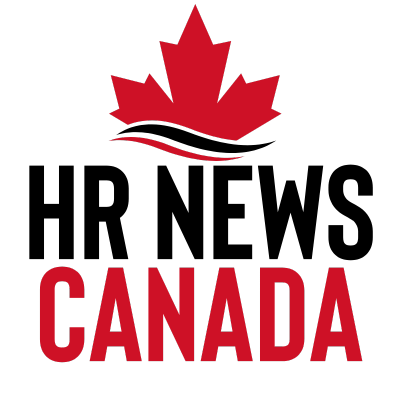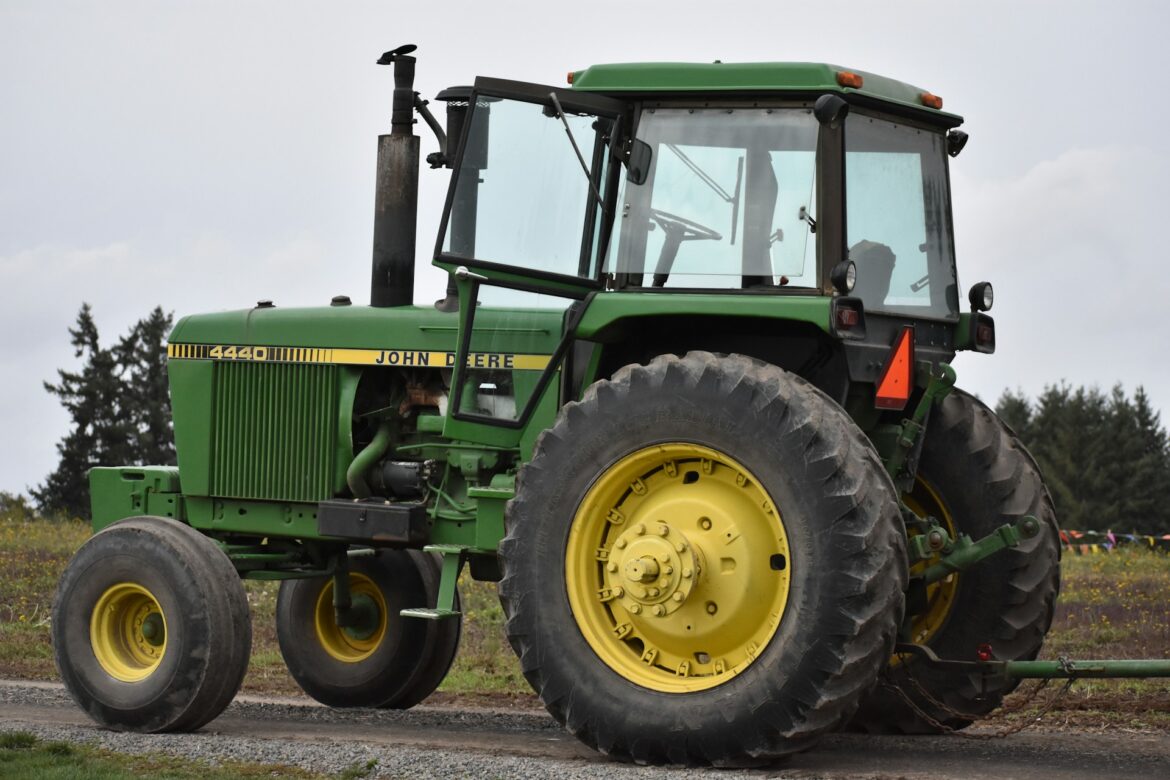An Alberta worker’s claim for occupational noise-induced hearing loss (ONIHL) has been referred back to the Workers’ Compensation Board (WCB) for further investigation after the Appeals Commission determined there was insufficient evidence to confirm whether the worker’s exposure to noise exceeded legislated limits.
The Commission found the worker’s hearing loss was partially caused by workplace noise exposure but concluded there was not enough information to determine if that exposure met the required threshold under provincial occupational health and safety standards.
“We find the evidence is insufficient to determine whether the worker’s noise induced hearing loss is due, at least in part, to prolonged occupational exposure to noise that exceeded the current OHS Code noise exposure limits,” the Commission stated in its decision.
The ruling requires the WCB to investigate further by estimating the decibel levels associated with a propane-powered tractor that repeatedly backfired in the worker’s workplace and to consult with medical professionals on the relationship between those sound levels and the worker’s condition.
Claim denied at earlier levels
The worker initially filed a claim in 2023 for ONIHL, attributing his condition to repeated exposure to loud backfiring from a propane-powered tractor while working in a shipping room. The WCB denied the claim on Oct. 6, 2023, stating that the audiogram results were inconsistent with ONIHL. That decision was upheld on review by the Dispute Resolution and Decision Review Body (DRDRB) on April 19, 2024.
The worker appealed to the Appeals Commission, which held a videoconference hearing to review the matter.
At the hearing, the Commission reframed the issue under appeal—with the worker’s agreement—as: “Does the worker have an acceptable claim for occupational noise induced hearing loss?”
Evidence of hearing loss and noise exposure
The worker testified that for the last four to five years of his career, he worked primarily in a storeroom but was periodically assigned to a shipping room to train a colleague. This shipping room, about the size of a double-wide garage, was enclosed with 12-foot ceilings.
He described how a propane-powered John Deere tractor entered the room three times daily to pick up parts. Each time it started, it would backfire loudly. The worker likened the sound to a “12-gauge shotgun or rifle shot,” amplified by the enclosed space. He reported one particularly painful incident where the tractor backfired three feet behind him, causing immediate ear pain and ringing that lasted three hours.
While the worker normally used hearing protection in loud environments earlier in his career, he could not do so in the shipping room. The unpredictability of the backfires and the need to communicate by phone made consistent use of hearing protection impractical.
The worker raised his concerns about the noise to his manager and to human resources. While HR directed him to discuss the issue with his manager and advised him to wear hearing protection, no changes were made until around 2023. The maintenance department advised him that fixing the tractor was not on the repair list at the time.
He denied any significant non-occupational noise exposure, stating he had not fired a rifle since 1986 and avoids loud recreational activities. He also disputed suggestions from the WCB that his hearing loss may be linked to medication use, noting he began taking heart medication only after his hearing problems began.
Conflicting medical opinions
Two WCB consultants—a medical consultant and an audiologist—reviewed the worker’s file. They concluded the audiometric configuration did not meet the typical pattern for ONIHL, which is generally marked by a “notch” in the 3000-6000 Hz range. The worker’s audiogram showed a “flat” hearing loss instead.
The worker’s treating ear, nose and throat specialist (ENT) was asked to review the WCB’s findings. He signed a letter agreeing with the WCB’s methodology but provided further clarification in a consultation report dated Nov. 22, 2023. In that report, the ENT described the worker’s condition as “multifactorial in nature” and stated, “I feel that his current hearing deficits are only partly due to NIHL, but other factors such as age and genetics are also significant factors.”
The Commission placed significant weight on this assessment, concluding: “We place significant weight on this opinion . . . It was made by a specialist with the appropriate expertise, who additionally had the benefit of examining the worker.”
The panel accepted that the worker’s hearing loss was partially caused by noise exposure at work, satisfying the first element required for a compensable claim.
Insufficient evidence on workplace noise levels
However, the panel found the second requirement for a compensable claim—evidence of prolonged exposure to excessive occupational noise—was not met.
Under WCB Policy 03-01, Part II, Application 5, a compensable ONIHL claim must be supported by a documented history of noise exposure exceeding occupational health and safety limits for at least two years. While the worker reported regular exposure to loud backfiring from the tractor between 2016 and 2022, there was no objective decibel measurement available for those incidents.
“There is no specific reading as to what the sound of a backfiring propane fuelled tractor would measure in decibels,” the panel stated. “As such, we find we have insufficient evidence to determine if the worker had a history of prolonged occupational exposure to noise that exceeded the current OHS Codes noise exposure limits.”
Further investigation required
Because of this evidentiary gap, the Commission directed the WCB to estimate the likely decibel level of a propane-powered tractor backfiring in a similar enclosed space and to consult with medical professionals, including the worker’s ENT, about the relationship between the estimated sound levels and the worker’s hearing loss.
The WCB was also authorized to share the results with other relevant experts and to conduct any further investigation it deemed appropriate.
The Commission concluded: “There is insufficient information to determine if the worker has an acceptable claim for occupational noise induced hearing loss. This matter is referred back to the Workers’ Compensation Board . . . for further investigation.”
For more information, see Decision No.: 2025-0159, 2025 CanLII 28908 (AB WCAC).






